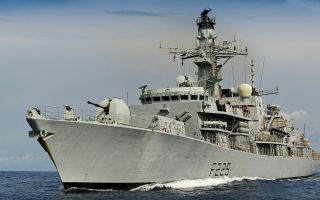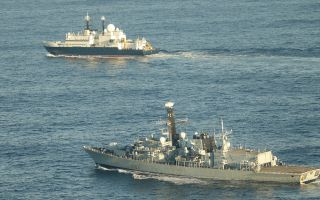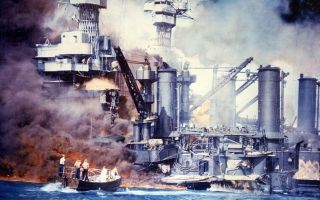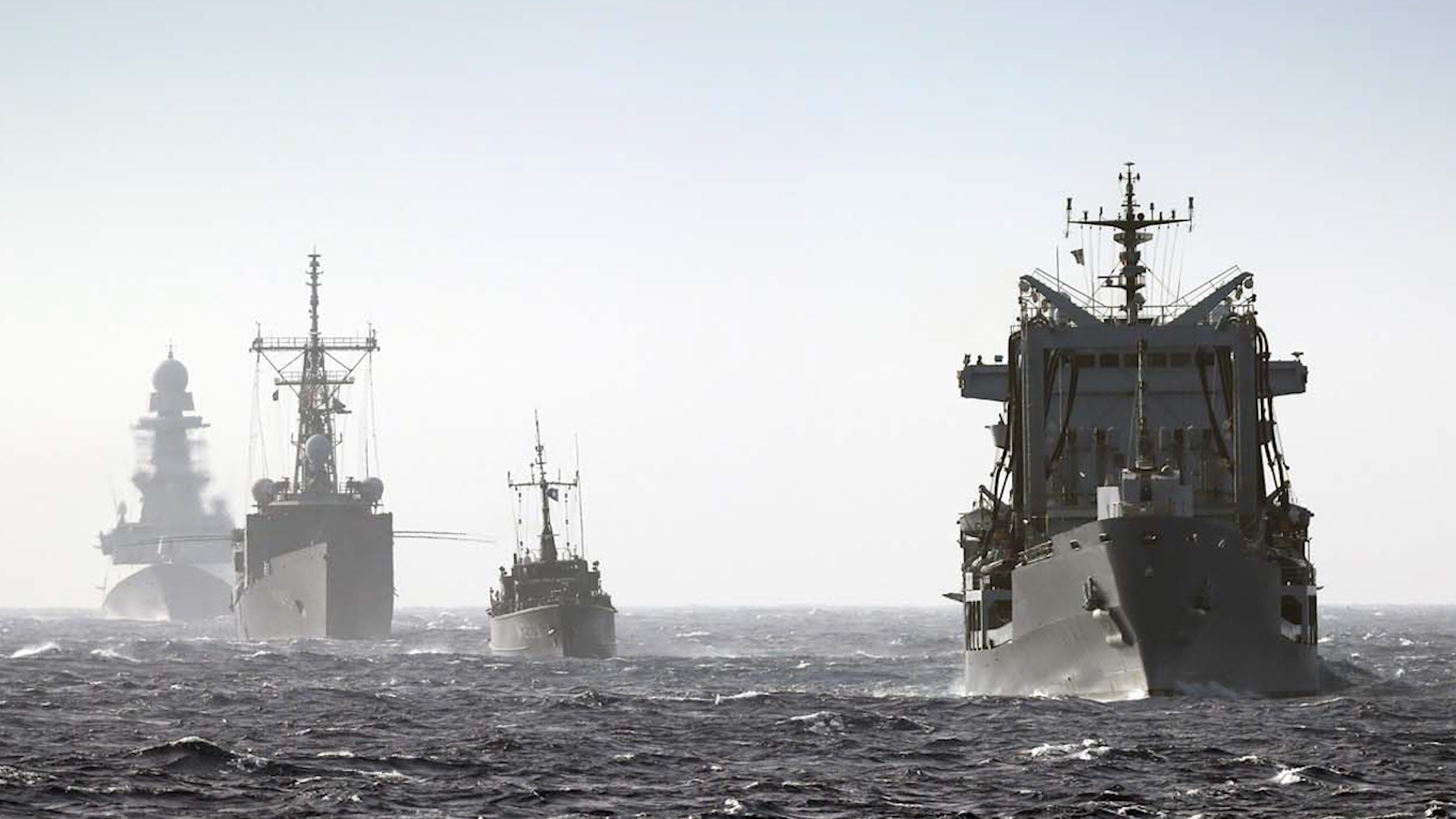
HMS Duncan leads Nato task groups through Mediterranean minefield scenario

Royal Navy warship HMS Duncan has led Nato destroyers, frigates and minehunters through a simulated minefield in a Mediterranean exercise.
The vessels of Maritime Group 2 – currently led by Portsmouth-based Duncan – linked up with the international minehunters of Mine Counter Measures Group 2 for the drills.
A minefield was placed across a simulated narrow chokepoint which, the Navy said, proved a "formidable obstacle" to the passage of ships, when coupled with the risk of attack from hostile aircraft.
- First British aircraft lands on the world's largest warship
- Maritime Reserves welcomes new leader in ceremony aboard HMS Victory
- HMS Prince of Wales' flight deck 'open for business' after repairs
The scenario reflects a real-world threat to merchant shipping around the world. Nato navies need to be able to keep vital strategic shipping routes open.
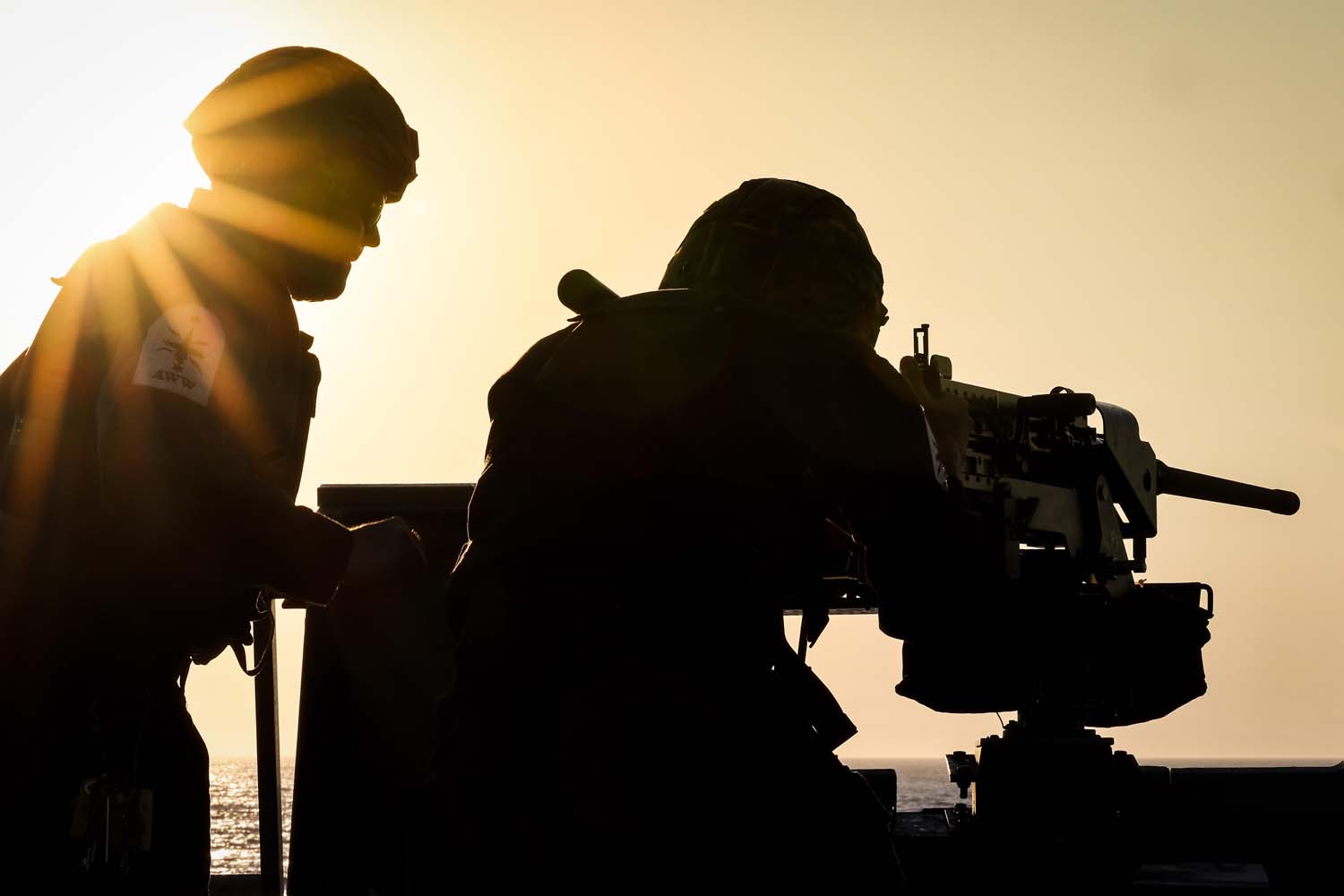
Seven Nato ships from four countries proved their capabilities in overcoming the challenge. Minehunters, along with a command and support ship used specialist equipment and expertise to clear a safe passage through the minefield.
Maritime Group 2, led by HMS Duncan, followed in their wake to provide protection from air and surface attack.
Computer simulation represented air and missile attacks, which were met by short and long-range missile systems (like Duncan's Sea Vipers) and close-in defensive systems such as Duncan's Phalanx Gatling guns.
The task force's small boats were used to simulate fast-attack craft, which were combated by close-range weapons such as 30mm or .50 calibre machine guns.
Commodore Paul Stroude, Commander of Maritime Group 2, said: "Both the world economy and our daily existence are utterly reliant on merchant shipping.
"It is vital that we are able to keep these strategic routes open such that merchant vessels are able to pass through them safely.
"We have demonstrated that these two Nato task groups can operate seamlessly together to form a single, integrated, multinational force in the Mediterranean, capable of overcoming complex threats and real-world challenges at short notice."


